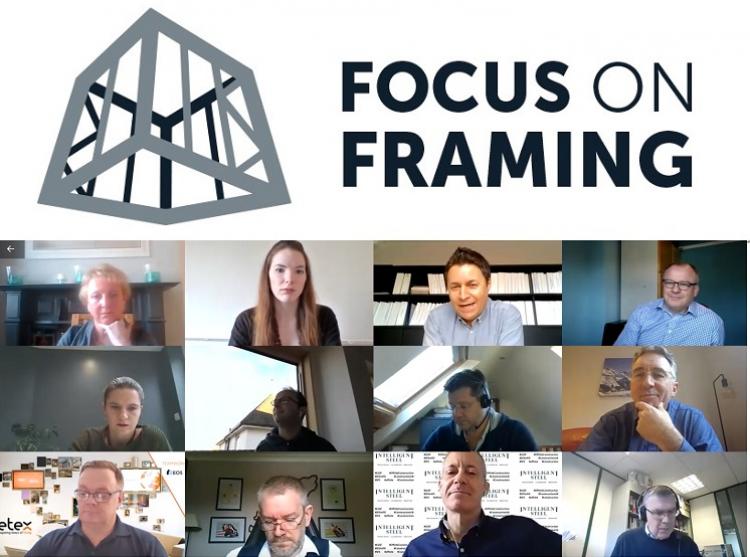Emily King, Client Solutions Director, Mid Group, highlighted the need to get this message out there saying: “I attend many forums and there is a need for the light steel frame industry to get these positive messages out there. I have to present proposals to clients and the more knowledge I have, the more informed my recommendations.” It can be about simplifying the message and educating architects that do not come out of university with an in-depth knowledge of every material system.
Michael Sansom, Associate Director, Steel Construction Institute, raised a significant point concerning the recycling and reusing process: “The light steel framing sector can learn from the hot rolled steel industry where SCI has produced a prototype database which we can upload all IFC files so we can retain all the design, manufacturing and structural information for all the steel elements used in a building. By capturing and storing all the information at
the end of the building’s lifecycle steel components can be reused with confidence as we have all the properties captured and documented.”
Alex Small, BIM & Digital Platforms Manager at TATA Steel had several points he wanted to address starting with enabling reuse: “Standardisation and a system approach is the driving force behind our consortium-led Seismic project, which is working on the future of construction for schools and healthcare facilities. It is a logical development with impressive results on light steel standardisation and by supplying a documented kit of panelised or modular parts, everything becomes reusable at the end of a building’s life.”
As the discussion evolved it was agreed that all the messages downstream of steel production are ‘good news’ stories with steel bringing major safety, adaptability and longevity benefits to construction. Michael Sansom, Associate Director, Steel Construction Institute, considered the circular economy and shared some thought-provoking facts: “In the UK we are largely self-sufficient in steel, by that I mean we can pretty well produce all the steel we need through recycling our latent stock to satisfy market demand. But steel is a global commodity, and we live in a global community. Many nations are still
evolving but in developed economies there is a stock of 12 tonnes of steel per person and if we can get to that point globally – then we have eliminated primary steel production worldwide.”
This point emphasised the fact that the demand for recycled steel is going to go up and there is a pressing need to grade and ID tag every component so that when it does come back into the market – quality steel ready to be recycled is easily identifiable. This sparked a healthy debate about how this information could be included in the ‘as built’ BIM Model. Alex Small, BIM & Digital Platforms Manager, TATA Steel said: “As steel manufacturers already keep this data, to drive the maximum possible benefits, they should be custodians of this information.”
Chris Gatehouse, Regional Account Manager,
Trimble Solutions/Tekla UK, raised a note of caution adding: “Embedding the data in the BIM model can be laborious and problematic, the most reliable and efficient solution is to link back to the manufacturer’s data.” Rounding off the session, Darren Richards, Managing Director,
Cogent Consulting, finished by saying: “When we gather a group of construction industry professionals together and pose some challenging questions, we cannot predict the outcome. This has been a frank and honest discussion which will take the industry forward
with the support of the Light Steel Frame Association. There are areas for improvement, and it is quite clear that this event will result in some key collaborations.”
Many thanks to ARV Solutions, EOS, Intelligent Steel and Trimble Solutions/Tekla for sponsoring the Virtual Roundtable Event and thanks to all participants for their time and contributions to the online discussion.
